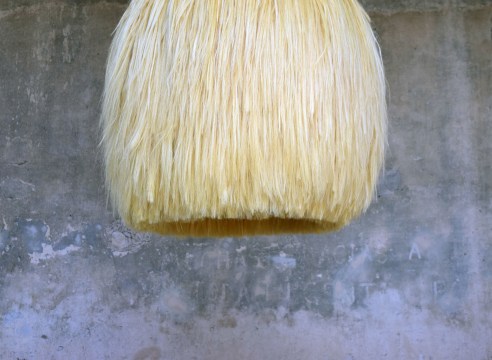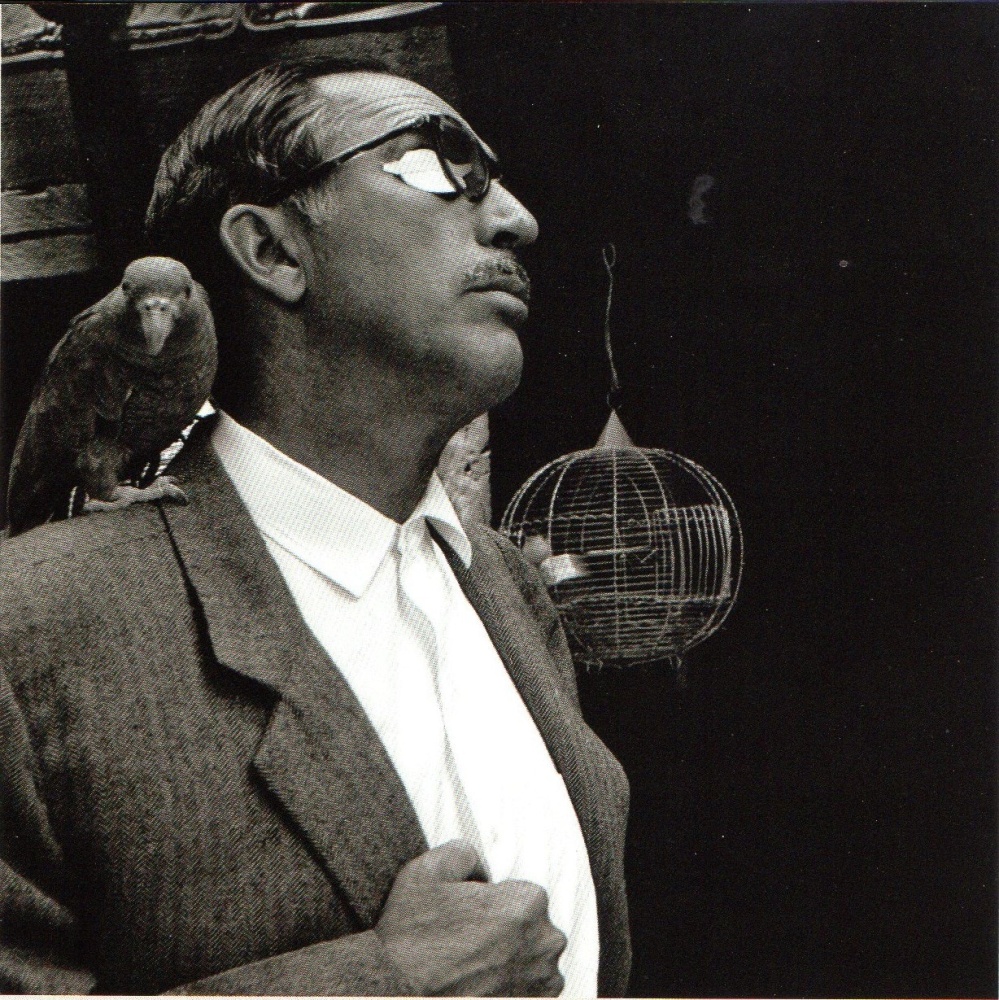

Manuel Parra was born in Mexico City in 1911. He studied architecture influenced by his uncle, the renowned architect Antonio Rivas Mercado, who was the director of the School of Architecture in the San Carlos Academy, and who created emblematic works such as the Congress building and the Monument of Independence (Angel de la Independencia) in Mexico City. Manuel Parra was a very active architect; he created more than 500 works mostly in Mexico City´s traditional and upscale neighbourhoods (San Angel, Coyoacán, Pedregal, Las Lomas, Chimalistac) but also in San Miguel de Allende, Acapulco and southern California.
He was the creator of a very unique architectonic style that influenced residential architecture in Mexico for decades. His style was defined by organic articulation of volumes and spaces according to features of the land and the needs of the families living the houses, his love for natural light in every space, the taming of light, the use of heterogeneous materials for construction (many coming from demolished colonial buildings), the use of domes and recovered wooden beams, and the creation of a romantic and intimate atmosphere, with stairs, chimneys, big windows, etc.
Parra was also a prominent furniture designer, sculptor and ceramist. His style has been recognized as a being a middle ground between the nationalist architecture of Mexico in the first half of the 20th century, which was elaborate and filled with ornaments, and the Modern architecture from the Bauhaus and the International style. Along with Luis Barragán and Juan O´Gorman, Parra is one of the few architects of the 20th century in Mexico who managed to merge these two tendencies and create a language of his own.